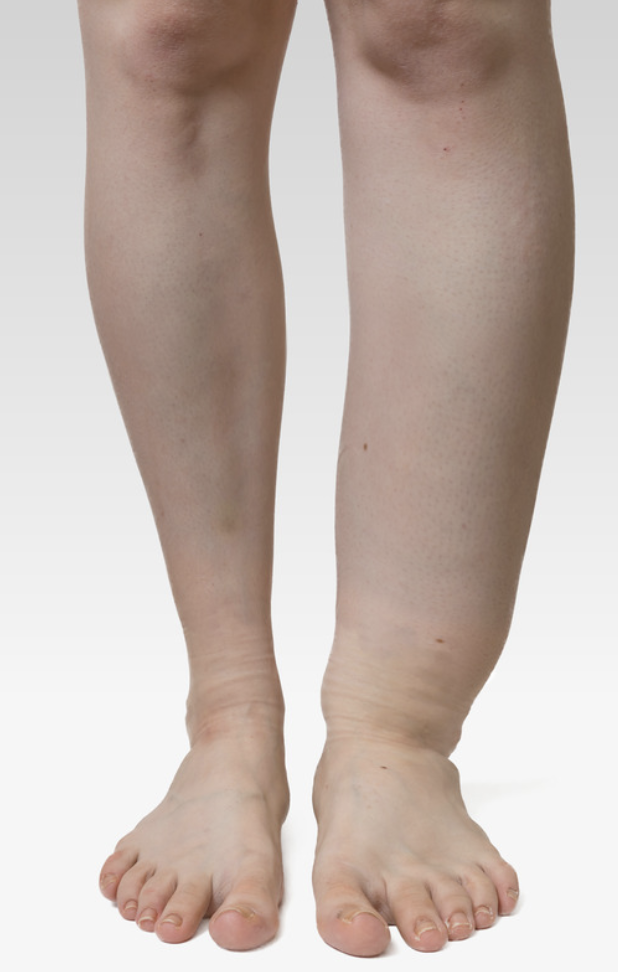Edema: Any Age or Stage of Life

Swelling
Edema is a condition caused by extra fluid trapped in the body's tissues. Edema can be found anywhere on the body though it is more common in the hands, arms, feet, ankles and legs.
Some primary causes can cause edema including, medication, pregnancy and underlying diseases such as congestive heart failure, kidney disease and liver diseases
heavy and difficult to move
Symptoms may include skin that feels tight, the area may feel heavy, and affected joints may be hard to move.
Don't Ignore Edema
Edema is one of the kidney disease symptoms that are usually more progressed and indicate a later stage of kidney disease.
What are the symptoms of edema?
- The affected area is swollen
- The skin over the swollen area might look stretched and shiny
- Pushing in gently on the swollen area with your finger for at least 5 seconds and then removing your finger will leave a dimple in the skin
- You may have trouble walking if your legs are swollen
- You may be coughing or have trouble breathing if you have edema in the lungs

Edema in fingers, hand and wrist
What causes Edema?
- Edema can occur as a result from sitting or standing in one place for too long. Water naturally gets pulled down into your legs and feet.
- Edema can happen from a weakening in the valves of the veins in the legs called venous insufficiency
- Certain diseases — such as congestive heart failure and lung, liver, kidney, and thyroid diseases
- Some drugs, such as medications that you are taking for your blood pressure or to control pain, may cause or worsen edema.
Pushing in gently on the swollen area with your finger for at least 5 seconds and then removing your finger will leave a dimple in the skin.
- An allergic reaction, severe inflammation, burns, trauma, clot(s), or poor nutrition can also cause edema
- Too much salt from your diet can make edema worse.
- Being pregnant can cause edema seen in the legs, ankles and feet.
Recommended Topics
Uremia
Learn the symptoms as it can be life-threatening.
Renal Osteodystrophy
A mineral bone disorder, that must be monitored.
Hyperkalemia
High potassium level in your blood that's higher than normal.

